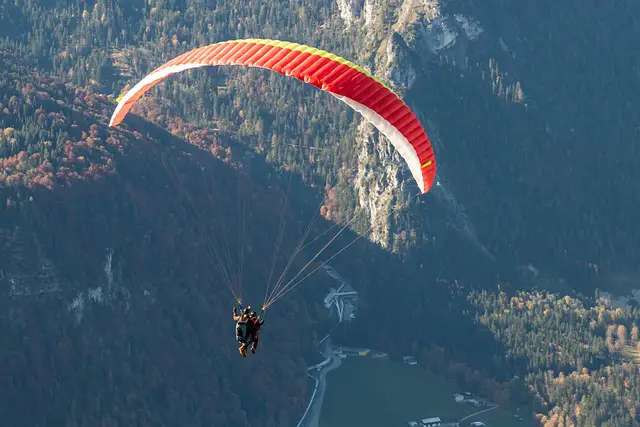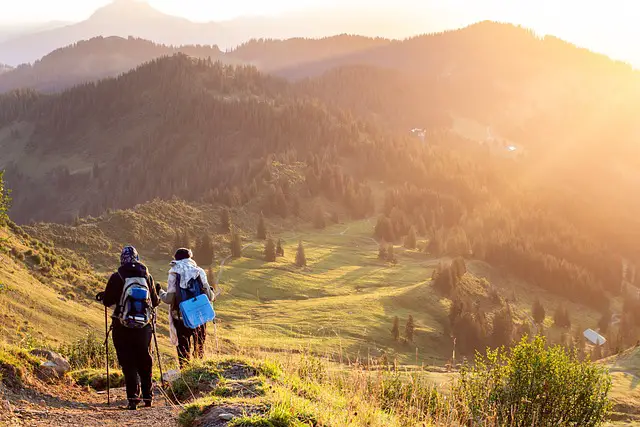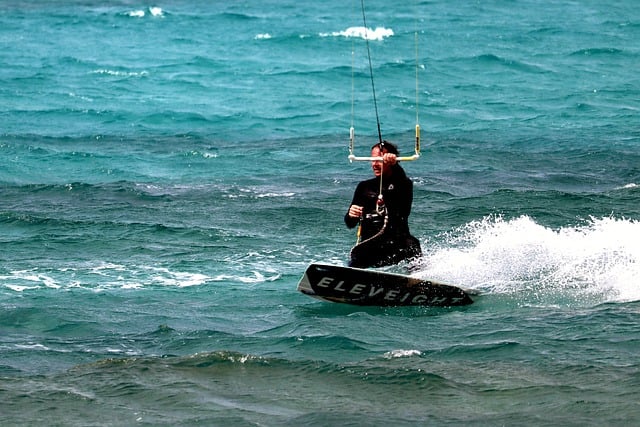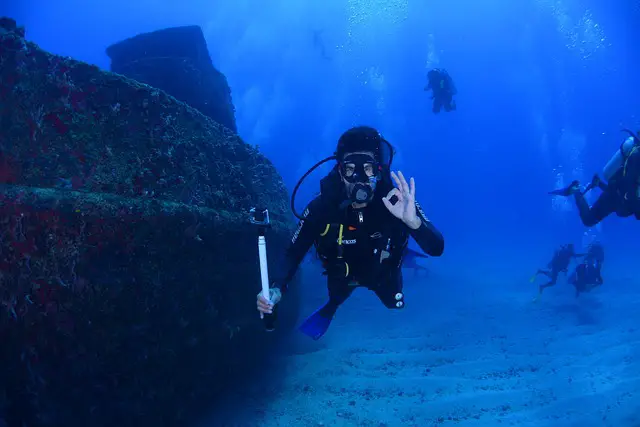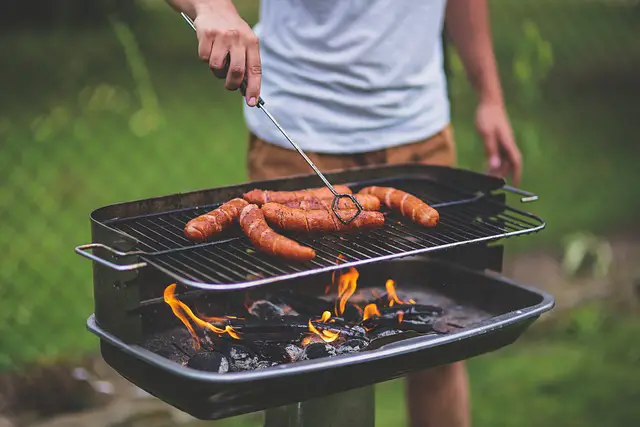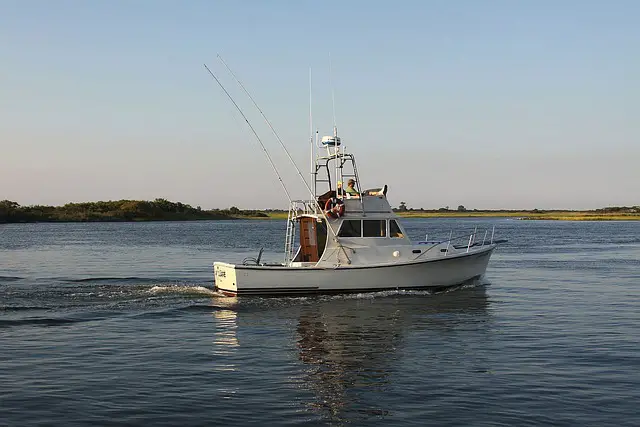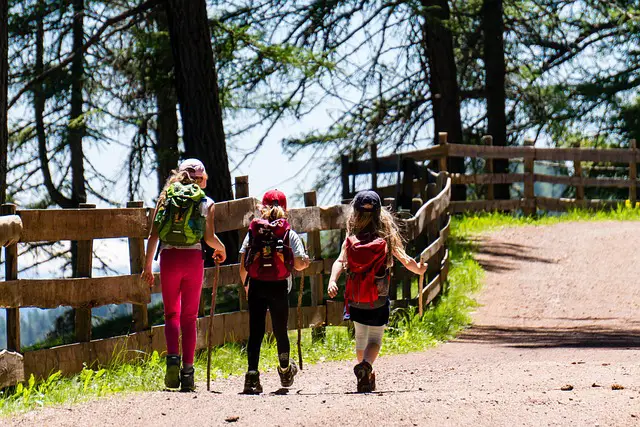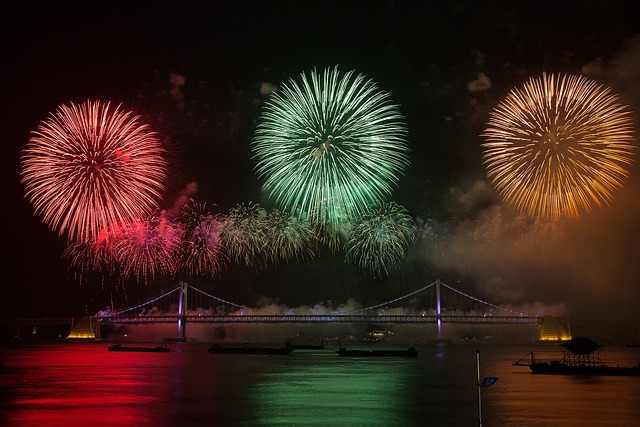A must-see for camping lovers! 10 recommended camping goods
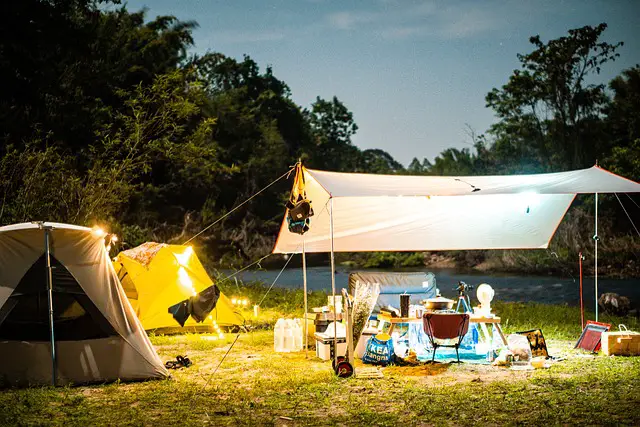
Camping is a wonderful way to relax, connect with nature, and escape from everyday life. However, having the right gear is crucial to ensuring a comfortable and enjoyable experience. In this article, we’ll explore the top 10 camping essentials recommended for all types of campers in the U.S., from beginners to seasoned adventurers.
High-Quality Tents: Ensuring a Comfortable Night
A tent is the foundation of any camping trip. It provides shelter from the elements, ensuring you stay dry and comfortable. When choosing a tent, consider durability, ease of setup, and space for maximum comfort.
Key Points for Choosing a Tent:
- Waterproofing: Ensure the tent can withstand rain, especially if camping in rainy or mountainous areas. A well-made rainfly is essential.
- Wind Resistance: If camping in windy conditions, a tent that can hold up against strong winds is crucial. Look for solid stakes and guy lines for better anchoring.
- Livability: Make sure the tent is spacious enough for the number of people and gear. Good ventilation and internal height are also important.
| Brand | Features | Price Range | Best for |
|---|---|---|---|
| REI Co-op Half Dome | Lightweight, easy setup, great ventilation | $250–$300 | Short trips, beginner-friendly |
| MSR Hubba Hubba NX | Excellent waterproofing, compact and portable | $400–$450 | Long trips, backpacking |
| Big Agnes Copper Spur | Ultra-light, spacious interior | $450–$500 | Backpacking, multi-day camping |
Pro Tip: Before heading out, practice setting up your tent at home or in a local park. Bringing a mallet for driving stakes securely into the ground will make setup easier.
Sleeping Bags: Stay Warm and Comfortable
A good night’s sleep is essential for enjoying your camping adventure. The right sleeping bag will keep you warm in cold nights and should be lightweight and easy to pack.
Key Points for Choosing a Sleeping Bag:
- Temperature Rating: Choose a sleeping bag that matches the temperatures you’ll be camping in. For colder climates, opt for bags rated for lower temperatures.
- Shape: Mummy-shaped sleeping bags offer better warmth retention, while rectangular bags are more spacious but less efficient in trapping heat.
- Material: Down is lightweight and offers excellent warmth, but synthetic materials are better for wet environments because they retain warmth even when damp.
| Brand | Features | Price Range | Best for |
|---|---|---|---|
| Therm-a-Rest Questar 20 | Great for winter, compact when packed | $200–$250 | Winter camping |
| NEMO Disco 15 | Designed for comfort, allows more movement | $300–$350 | Cold weather, early spring camping |
| Marmot Trestles Elite Eco 20 | Quick-drying, moisture-resistant | $150–$200 | Humid areas, summer camping |
Pro Tip: If you feel cold at night, use a sleeping bag liner or thermal liner to increase warmth. You can also place a small heat pack in the foot section for added warmth.
Hiking Boots: Stay Comfortable on Long Walks
For those who plan to hike or trek during their camping trip, good hiking boots are essential. A solid pair of boots will protect your feet and provide support on uneven terrain.
Key Points for Choosing Hiking Boots:
- Fit: Make sure your boots fit well, with enough room for your toes but snug enough to provide support. Comfort is key for long hikes.
- Waterproofing: If you’ll be hiking in wet conditions, waterproof boots will keep your feet dry and comfortable.
- Cushioning: Boots with good cushioning will protect your feet from rough terrain and reduce fatigue over long hikes.
| Brand | Features | Price Range | Best for |
|---|---|---|---|
| Merrell Moab 2 | Excellent cushioning, great for long hikes | $100–$150 | Day hikes, general camping |
| Columbia Newton Ridge | High waterproofing, slip-resistant soles | $80–$120 | Rainy, muddy terrains |
| Salomon X Ultra 3 | Lightweight, strong grip | $150–$200 | Mountain treks, long trails |
Pro Tip: Break in your new boots before your trip by wearing them on shorter hikes to avoid blisters. Pair them with moisture-wicking socks for better comfort.
Camping Cookware: Enjoy Cooking in the Wild
Cooking outdoors is one of the highlights of camping. Having the right cookware set that’s lightweight and efficient will enhance your cooking experience.
Key Points for Choosing Camping Cookware:
- Fuel Type: Gas stoves are the most common, but for high-altitude camping, liquid fuel stoves may be more efficient.
- Size and Packability: Opt for compact cookware sets that are easy to store and carry, especially if you’re backpacking.
- Material: Aluminum and stainless steel are lightweight and durable. Non-stick coatings can make cooking and cleaning easier.
| Brand | Features | Price Range | Best for |
|---|---|---|---|
| Jetboil Flash | Boils water in minutes, ultra-compact | $110–$130 | Solo camping, backpacking |
| MSR PocketRocket Deluxe | Wind-resistant, compact | $80–$100 | Mountain camping, lightweight gear fans |
Pro Tip: Plan simple meals like pasta, soups, or one-pot dishes to make cooking easier. Bringing small containers of your favorite spices can elevate your camp cooking.
Lanterns and Headlamps: Ensure Safety at Night
Whether you’re setting up camp after dark or simply need to navigate at night, a reliable lantern or headlamp is a must-have for any camping trip.
Key Points for Choosing Lanterns and Headlamps:
- Brightness: Look for a lantern with at least 300–500 lumens for lighting up your campsite.
- Battery Life: Choose rechargeable models or those with replaceable batteries, depending on the length of your trip.
- Portability: Headlamps are particularly useful for hands-free activities like cooking or setting up a tent.
| Brand | Features | Price Range | Best for |
|---|---|---|---|
| Black Diamond Spot 400 | Compact and waterproof | $40–$60 | Hiking, nighttime tasks |
| Goal Zero Lighthouse 600 | Rechargeable with USB ports | $70–$100 | Long camping trips, car camping |
Pro Tip: Use multiple lights to create balanced lighting around your campsite. Solar-powered options or backup batteries ensure you’re never left in the dark.
Hammocks: Perfect for Relaxing
Hammocks are ideal for lounging during the day or even for sleeping under the stars. Look for lightweight, portable models for ease of setup and use.
| Brand | Features | Price Range | Best for |
|---|---|---|---|
| ENO DoubleNest Hammock | Easy setup, fits two people | $70–$90 | Family or group camping |
| Kammok Roo Single | Durable and lightweight | $80–$100 | Solo camping, backpacking |
Pro Tip: Add a bug net and rainfly to your hammock setup to stay protected from insects and the elements. Look for trees with strong branches to set up your hammock securely.
Folding Chairs: Sit Back and Relax
A comfortable folding chair is essential for relaxing around the campfire or enjoying a meal. Look for a chair that’s both lightweight and sturdy.
| Brand | Features | Price Range | Best for |
|---|---|---|---|
| Helinox Chair One | Ultra-light, comfortable | $100–$150 | Backpacking, lightweight camping |
| Coleman Portable Camping Quad Chair | Sturdy, with a drink holder | $30–$50 | Family camping, BBQs |
Pro Tip: For longer sitting periods, choose chairs with back support and padding. Durability is key, especially in windy or rainy conditions.
Coolers: Keep Your Food and Drinks Fresh
A cooler is essential for keeping perishable food items and drinks cold. Look for models that balance capacity with insulation power.
| Brand | Features | Price Range | Best for |
|---|---|---|---|
| YETI Tundra 45 | High insulation, very durable | $300–$350 | Long trips, fishing |
| Coleman Steel Belted Cooler | Classic design, great value | $150–$200 | BBQs, day camping |
Pro Tip: Pre-chill your cooler with ice packs before placing food inside to improve its cooling efficiency. Using large ice blocks rather than cubes will keep the contents cold longer.
Portable Power: Keep Your Devices Charged
Many campsites lack power sources, making portable power stations a must for charging smartphones, lanterns, and other devices. Solar-powered options are perfect for extended trips.
| Brand | Features | Price Range | Best for |
|---|---|---|---|
| Jackery Explorer 1000 | Large capacity, solar compatible | $1,000–$1,200 | Long trips, car camping |
| Goal Zero Yeti 200X | Lightweight and compact | $300–$400 | Short trips, minimalist camping |
Pro Tip: Prioritize the devices you need to charge, and use low-power modes when possible. Solar panels are a great addition for long-term camping trips.
Waterproof Backpacks: Keep Your Gear Safe and Dry
A waterproof backpack will protect your gear from rain or water crossings. Look for models that combine waterproofing with breathability and good storage options.
| Brand | Features | Price Range | Best for |
|---|---|---|---|
| Sea to Summit Hydraulic Dry Pack | Fully waterproof, large capacity | $200–$250 | River or wet environment camping |
| Osprey Atmos AG 65 | Breathable, comfortable fit | $300–$350 | Long-distance treks, hiking |
Pro Tip: Double up with waterproof liners or dry sacks inside your pack for added protection. Ensure the zippers are also waterproof, as they can be weak points in the pack’s protection.
Conclusion: Prepare for the Best Camping Experience
Proper preparation and the right gear can transform your camping experience from average to amazing. The items listed here are designed to enhance comfort, safety, and enjoyment on your next camping trip. Whether you’re heading out for a weekend or a multi-day adventure, these recommendations will ensure you’re well-prepared for the great outdoors.


